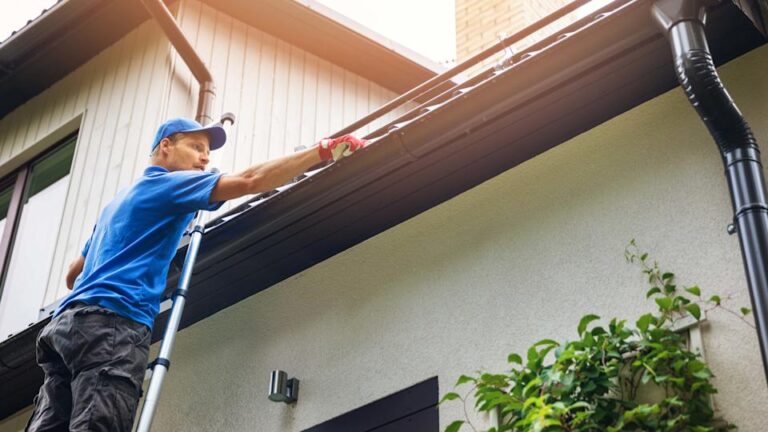
Electrical maintenance represents the invisible backbone of Singapore’s 57-terawatt electrical infrastructure, yet most property owners remain dangerously unaware of the regulatory requirements, escalating costs, and catastrophic consequences that follow when this critical work gets deferred, neglected, or performed incorrectly.
With electrical generation capacity reaching 13,062 MW in 2023 and energy costs constituting 77.3% of regulated electricity tariffs, the margin for error has vanished. Power generation expenses directly impact every consumer’s quarterly bills, yet the burden of maintaining electrical installations falls squarely on property owners who often lack the expertise to understand what’s required.
The regulatory framework governing electrical system maintenance has evolved into a complex web of obligations that can trap unwary property owners in costly compliance failures. Singapore’s electrical maintenance requirements demand professional expertise that most businesses and homeowners underestimate.
The Hidden Regulatory Framework: When Maintenance Becomes Mandatory
Singapore’s electrical maintenance standards operate through a tiered inspection system that matches maintenance frequency to installation risk and complexity. Licensed electrical installations must be inspected and certified fit for operation by the appointed Licensed Electrical Worker at least once a year, with installations in higher-risk settings requiring more frequent inspections and certifications.
Mandatory Inspection Frequencies:
- Standard commercial installations: Annual inspection minimum
- Hazardous trade installations: Enhanced inspection schedules based on risk assessment
- High-voltage installations (6.6kV and above): Specialised maintenance protocols
- Residential premises: RCCB testing requirements monthly, full compliance by July 2025
- Supply installations: Customised maintenance schedules reflecting operational conditions
The appointed Licensed Electrical Worker bears legal responsibility for determining appropriate maintenance schedules, factoring in equipment age, operational demands, environmental conditions, and wear patterns that affect system reliability. This assessment process isn’t optional—it creates binding obligations that extend throughout the installation’s operational life.
The Economics of Electrical System Upkeep: When Maintenance Becomes Investment
Electrical servicing Singapore involves costs that extend far beyond immediate labour and materials to encompass insurance implications, regulatory compliance, and operational continuity. Poor maintenance creates cascading financial consequences that can dwarf the initial investment in proper system upkeep.

Critical Maintenance Components Requiring Professional Attention:
- Residual Current Circuit Breakers (RCCB) testing and certification
- High-voltage switchgear inspection and cleaning
- Transformer oil analysis and dielectric testing
- Cable insulation monitoring and thermographic analysis
- Protection system coordination and relay testing
- Emergency generator load testing and fuel system maintenance
The sophistication required for electrical installation upkeep has increased dramatically as Singapore’s electrical infrastructure has modernised. Solar PV systems and smart grid technologies demand maintenance expertise that traditional electrical workers may lack.
Risk Assessment: When Maintenance Failures Create Liability
Electrical installations operate under different environments with site-specific requirements to ensure electrical safety, requiring appointed LEWs to assess specific situations and recommend appropriate maintenance measures. This site-specific assessment creates legal responsibility that extends beyond basic regulatory compliance to encompass operational safety and insurance coverage.
Maintenance failures don’t merely create regulatory violations—they void insurance protection, expose property owners to personal liability, and provide grounds for operational shutdown by authorities. The Energy Market Authority maintains enforcement powers that include immediate license suspension for installations that fail safety inspections.
Environmental and Operational Factors Affecting Maintenance Requirements:
- Coastal exposure requiring enhanced corrosion protection
- Industrial environments with contamination concerns
- High-humidity conditions affecting insulation integrity
- Vibration and thermal cycling in manufacturing settings
- Chemical exposure in laboratory and processing facilities
- Emergency response requirements for critical infrastructure
The Professional Imperative: Why DIY Maintenance Fails
Singapore’s regulatory framework mandates that electrical maintenance work be performed by licensed professionals, but the reasoning extends beyond bureaucratic requirements to encompass genuine technical complexity. Modern electrical systems integrate protection devices, monitoring equipment, and control systems that require specialised knowledge and testing equipment.
The introduction of mandatory RCCB requirements for all residential premises by July 2025 exemplifies the increasing sophistication of electrical safety systems. Monthly testing requirements create ongoing maintenance obligations that most property owners lack the expertise to perform correctly.
Specialised Equipment Required for Proper Maintenance:
- Insulation resistance testers and megohmmeters
- Thermal imaging cameras for hotspot detection
- Power quality analysers for harmonic assessment
- Ground resistance testing equipment
- Protective relay test sets and injection equipment
- High-voltage testing apparatus for dielectric assessment
Compliance Integration: Maintenance as Risk Management
Effective electrical preventive maintenance requires integration with broader facility management and regulatory compliance strategies. The annual inspection cycle creates opportunities for system upgrades, load assessment, and capacity planning that support business growth while maintaining regulatory compliance.
Licensed Electrical Workers must balance immediate safety concerns with long-term system reliability, often recommending maintenance schedules that exceed minimum regulatory requirements. This professional judgement reflects the reality that electrical systems operate in dynamic environments where preventive action costs less than reactive repairs.
The appointment of appropriate LEWs creates ongoing relationships that extend beyond individual maintenance events to encompass system lifecycle management, regulatory compliance monitoring, and emergency response planning. These relationships represent essential infrastructure for business continuity.
Future Challenges: Maintenance in Singapore’s Evolving Grid
Singapore’s electrical infrastructure continues evolving with solar capacity increasing 46% in 2023 and energy storage systems expanding across the grid. These technological shifts create new maintenance challenges that require ongoing adaptation of skills, equipment, and procedures.
The integration of renewable energy sources, smart grid technologies, and distributed generation creates maintenance complexity that exceeds traditional electrical systems. Property owners must navigate not only existing regulatory requirements but also emerging standards for new technologies that lack established maintenance protocols.
Understanding Singapore’s electrical maintenance requirements isn’t optional for responsible property ownership—it’s essential protection against regulatory violations, insurance gaps, and operational failures that can halt business operations and create significant personal liability in one of the world’s most sophisticated electrical environments.






